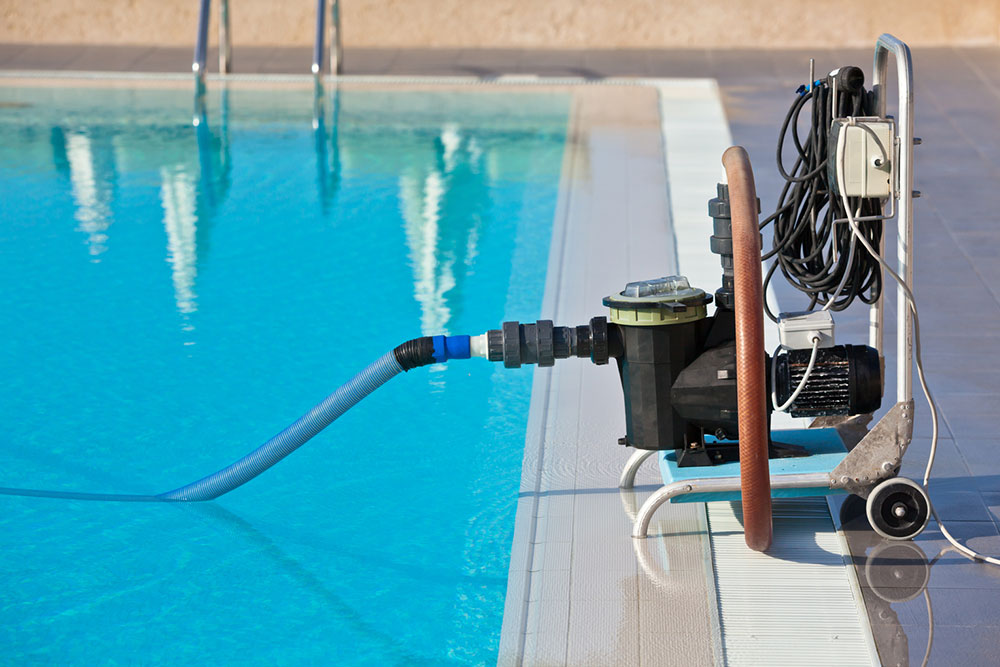A quick guide to pool pumps
A pool pump is the main component of a pool circulation system. It purifies the water and releases it back into the swimming pool. The pool pump is usually located under the ground or in a pump room close by due to which it is generally not visible. Most of us have never seen a pool pump’s inner workings and are unaware of how it functions to keep a swimming pool so sparkling clean. Beware of the fact that if a pool does not have a pump, its water might be unhygienic and unfit for use. So if you’re investing in the construction of a lavish swimming pool, don’t forget to spend a few bucks on installing a good quality pool pump.

- The motor: The motor runs on electricity and is responsible for spinning the impeller. Without this motor, the other parts of the pool pump will not be able to perform their respective functions.
- The impeller: The water in a pool circulates because of the pressure that is exerted by the impeller. The impeller ensures that the pool water is drawn into the pump, purified, and passed back into the pool.
- The strainer basket: There is a possibility that the presence of unwanted particles in the water may block the pump.
Pool pumps are expensive to install initially, but they help in giving a long and healthy life to your swimming pool. With the advent of the latest technology, manufacturers have introduced new and innovative pumps linked to an electric timer. These timers ensure that the pool pump runs for just a few hours a day. Similarly, you can install 24-hour variable speed pumps that operate at high speeds only during peak hours. Not only does this save electricity, but also improves the efficiency of the pool pump. Variable pool pumps are a boon in the summer season when the bathing load is relatively high.


